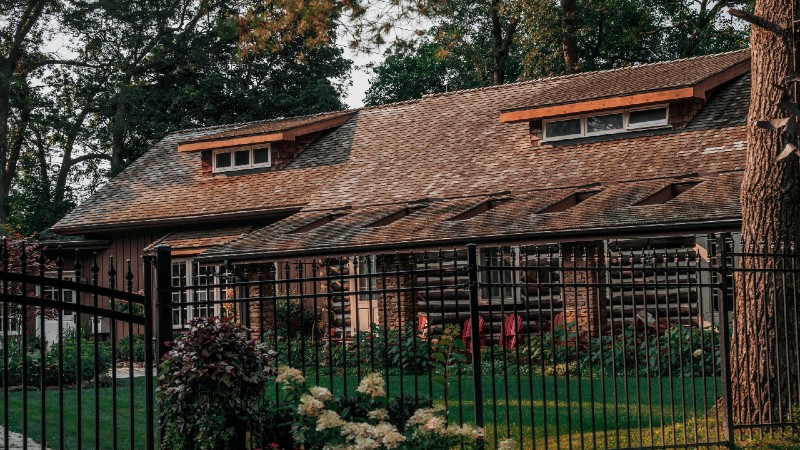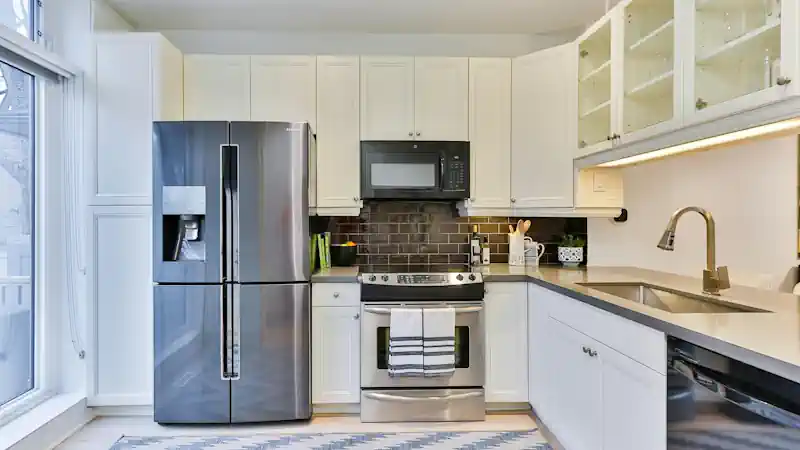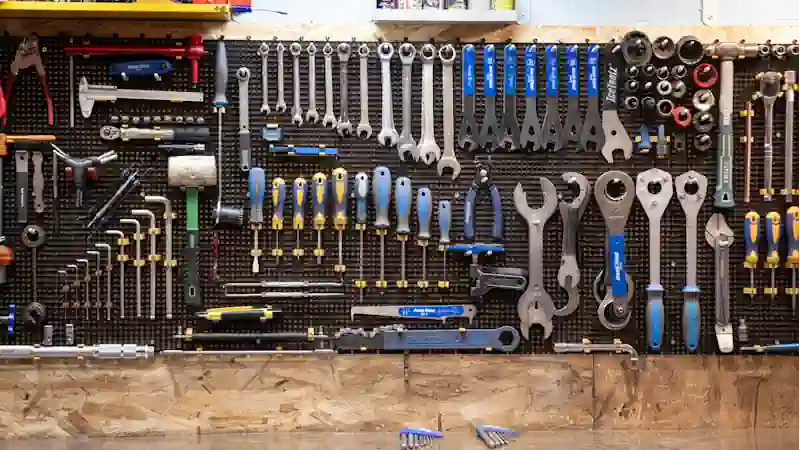Disclosure: This post may contain affiliate links, meaning we get a commission if you decide to make a purchase through our links, at no cost to you. Please read our disclosure for more info.
If you have ever walked around your neighborhood you may notice that some houses have vents just an inch or two above ground level. These vents are not designed to let light into a hidden room, they are simply vents below the surface of the floor inside the home. In fact, they are part of an underfloor ventilation system.
For many houses, a good underfloor ventilation system is essential for the health of the house. The best practice is to have vents at both sides of the house allowing air to freely move under the house. Of course, this is not always possible which is why many people fit fans to move the air in and out of the space under the floor.
In This Post:
Why Underfloor Ventilation?
The purpose of underfloor ventilation is to allow air movement. The heat of the house combined with the moisture that is naturally present in the soil under the house creates a warm and moist atmosphere under your floorboards.
Unfortunately, this is not a good thing. The moisture makes it damp, this dampness sticks to the floorboards and starts causing wet rot, effectively destroying the wood over time. You may not even know about it until the damage has been done.
Dampness also causes mold which is bad for your health.
The subfloor ventilation system creates air movement, forcing the warm humid air out of the space and allowing fresh, cooler air in. This prevents the moisture from building up and giving you an array of issues.
Is It Practical to Fit?
The good news is that if you already have a gap under your floorboards then installing subfloor ventilation is a surprisingly easy process.
You may need to remove some of your flooring to confirm the positioning of your vents. Ideally, the vents will create a natural air movement. But, if this doesn’t happen then you can add a fan that either pushes air into the space or sucks it out. Provided there are two vents and one has a fan on, you will be moving the air under your flooring. Remember, the fan is optional depending on whether you have natural airflow or not.
You can even choose the best time to have the fan on, such as when the air is coolest. It doesn’t need to run all the time, just enough to ensure damp and mold cannot build up.
Don’t forget that if you are fitting vents to your building you need to make sure they have high-quality mesh on them, this stops animals from being able to get under your floor and causing their own issues.
If you don’t have a gap under the floor then you won’t have a buildup of warm air and are unlikely to have a damp problem. If you do experience rising damp then your damp proof membrane is damaged and needs repairing. That is not something that subfloor ventilation can assist with.




